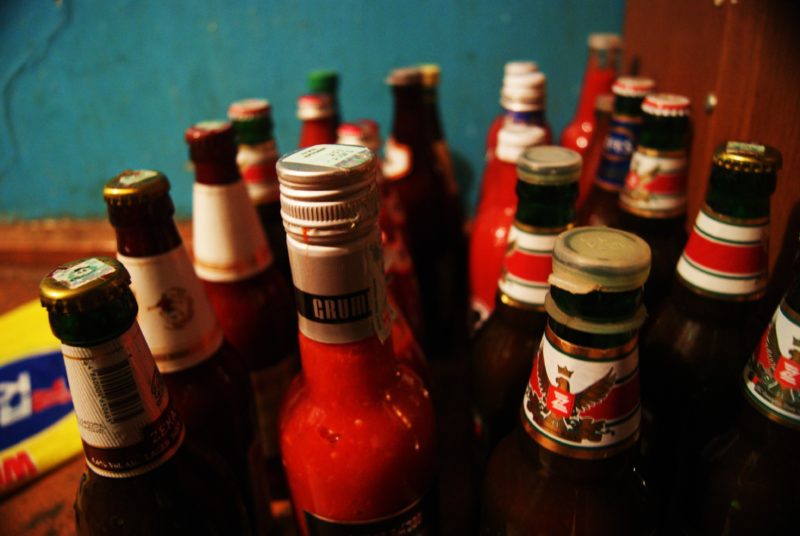
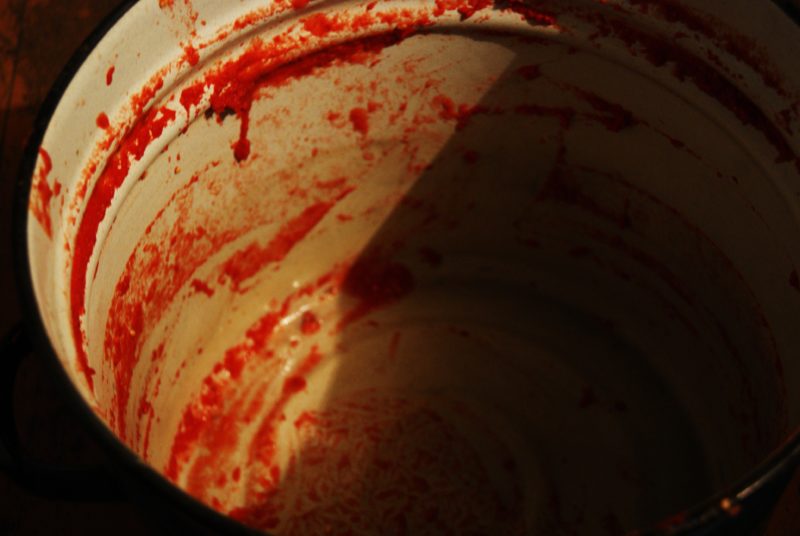
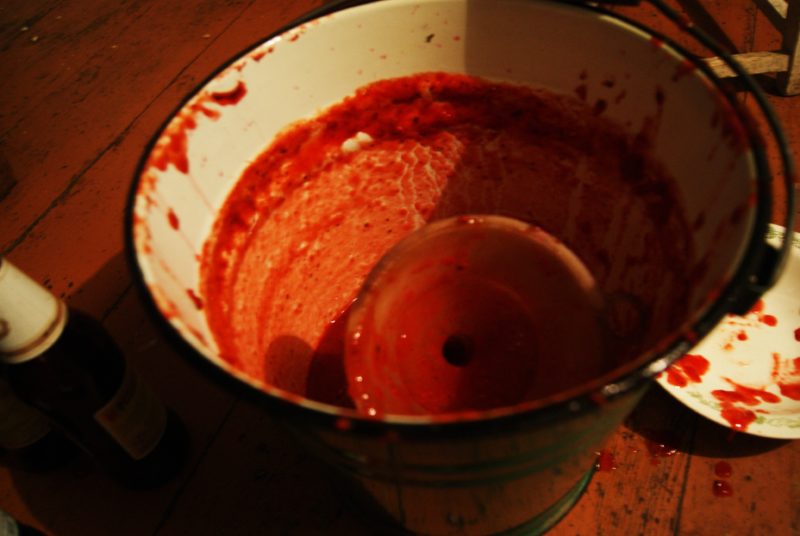


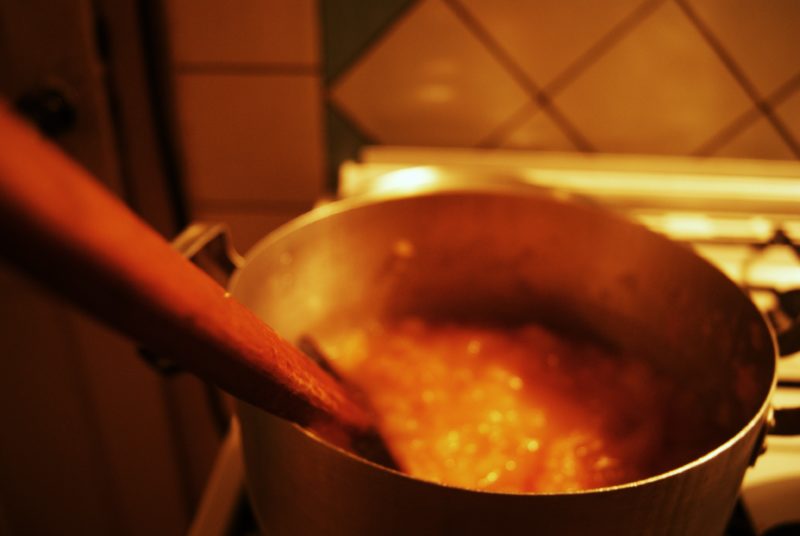

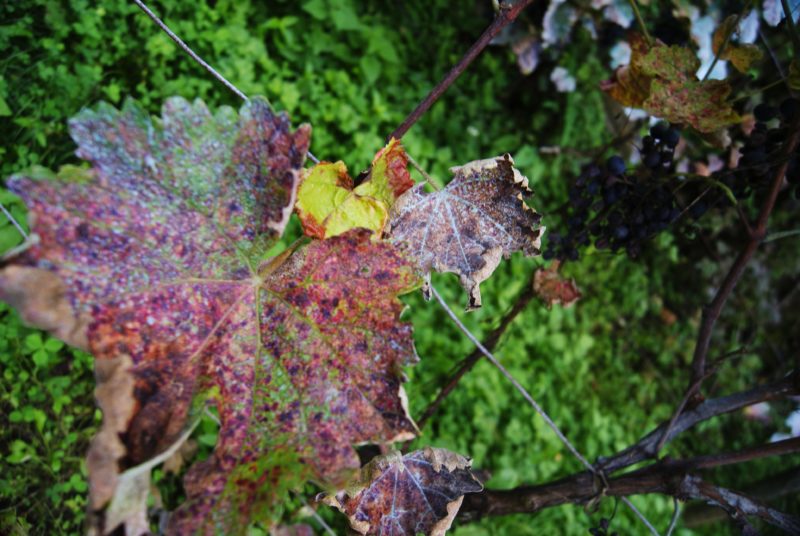

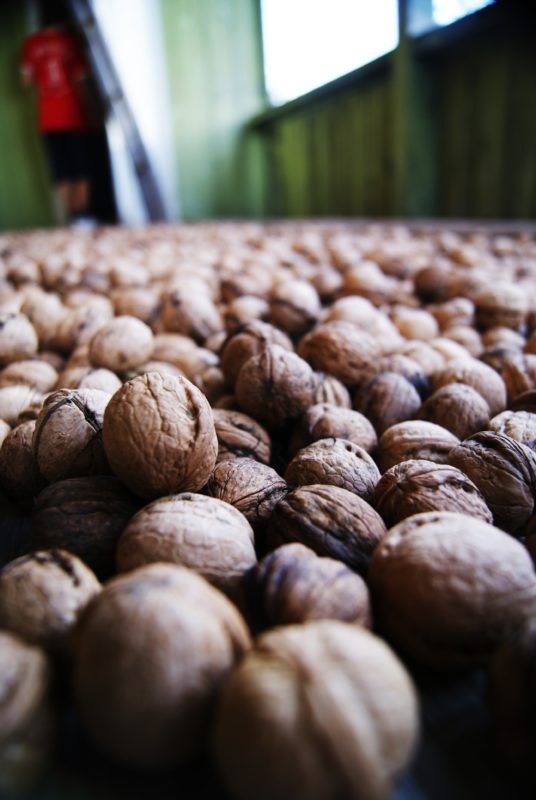
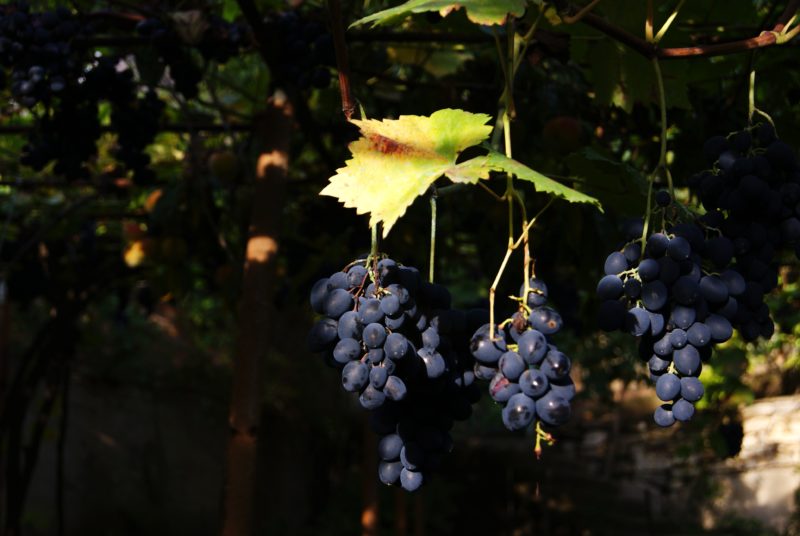
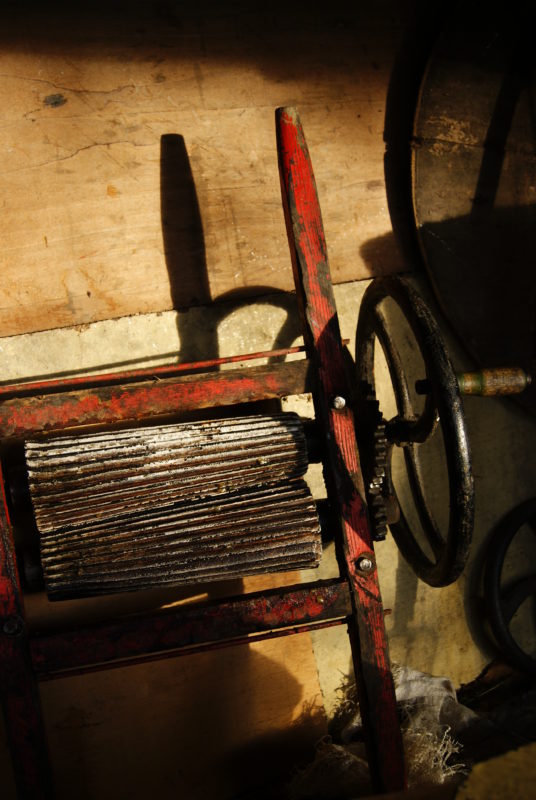
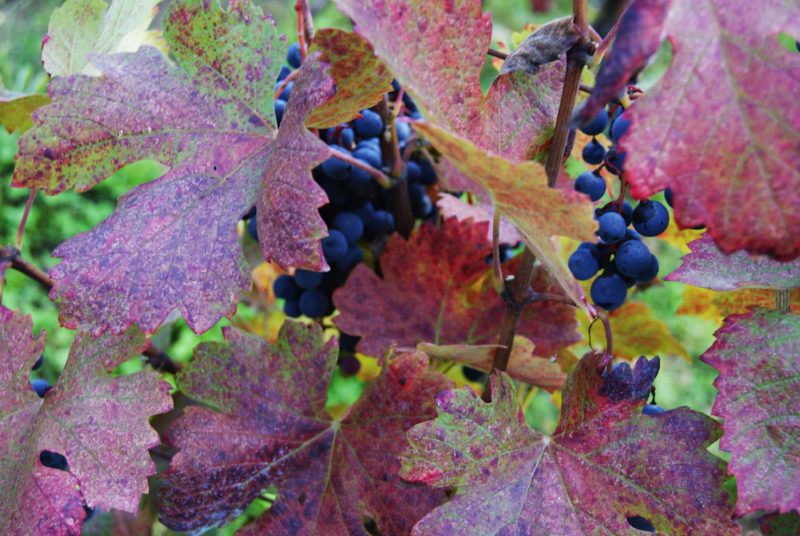
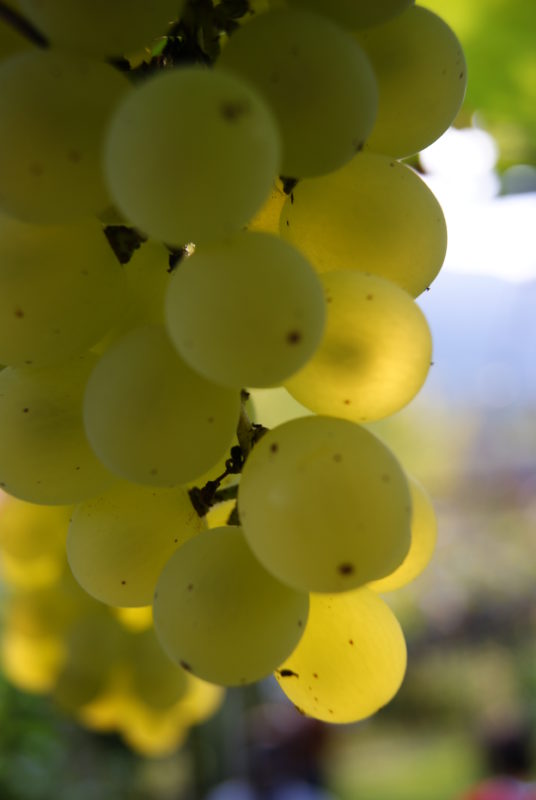
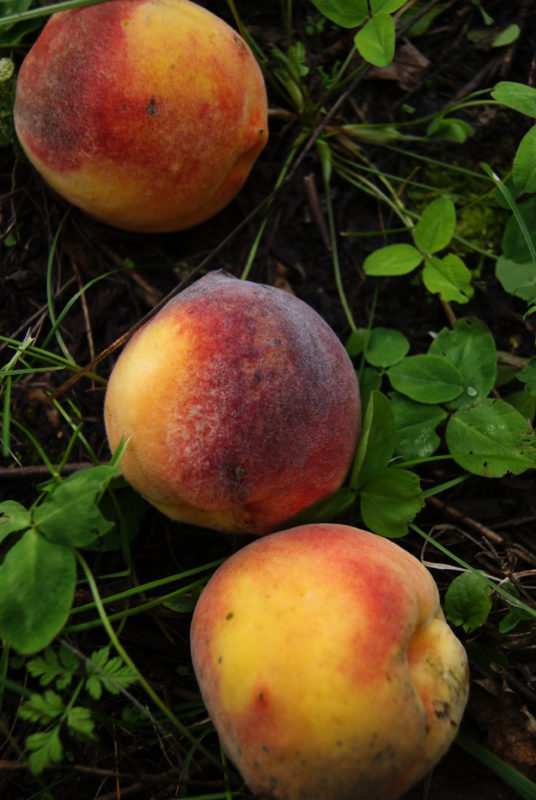
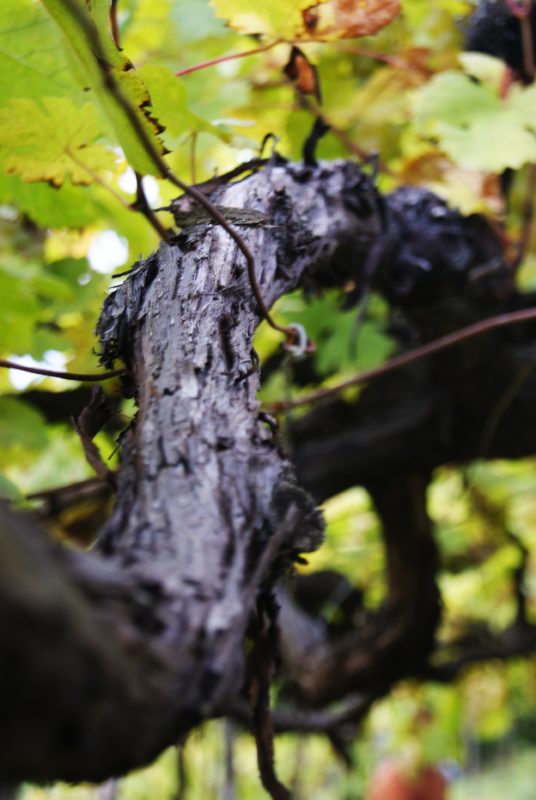
Colors have fallen into Georgia and have spotted the hills with reds, oranges and yellows. The season has come for the villagers to don their rain boots and head out to the fields and vineyards to prepare for the winter. The local bazaars are packed with vans and pouring out of them are different vegetables and fruits. Hands are blackened and nails are dirty from harvesting walnuts and backs are sore from the constant hunch of a long day’s work. Dirt roads have turned to mud in the early fall rain and though from my own experience the party always ends up in the kitchen, that is none the more true than in the months of September and October.
The gas stove is burning blue and the not-so-gentle whir of the blender and mixer continue from early evening into the wee hours of the morning. Knives are sharpened and glass jars are washed out and boiled for canning. The aroma of cooking onion fills the hallways as I attempt to wash the garlic smell off of my hands.
Georgia has a wide variety of amazing canned and homemade goods. Savory foods are jarred for the colder months as grapes ferment in wide oak barrels and moonshine is carefully separated from the wine. Tkemali, a spicy and sweet condiment sits in 25 glass bottles on the kitchen floor. Tkemali, a wild plum that comes in an array of reds, yellows, greens and purples, is boiled and mixed with garlic, cilantro, dried hot red peppers and salt. Poured and funneled into various old reused bottles, it sits in the cellar to be used on eggs, fresh lavashi bread or on top of macaroni and pasta.
Yet my favorite condiment that Georgia produces is adjika. Though when I have a stomachache, my host family attributes it to my constant consumption of adjika, this red pepper based sauce goes great on literally everything and I will endure the mild pains for it. The food processor turns on and in go red peppers, garlic, tomatoes and cilantro, and if I’m lucky carrots, a southern style adjika. Mixed with tomato paste, salt, hot peppers, vinegar, and a bottle or two of tkemali, I’m never surprised that the family’s stock pile doesn’t make it all the way through the winter (and I’m still figuring out a way of how to get this stuff back to the States when I return).
Among the traditional sauces, there’s pickled everything for cabbage, green jalapeno type peppers, jonjoli (a flower), and of course, cucumbers. We even pureed tomatoes and stuffed red peppers with a fried carrot, pepper and onion mix.
Needless to say, the grapes are being plucked from their vines and sit in big vats for the fermentation process. Huge clay kvevris are buried in the ground that can hold thousands of kilos of grapes and wine. My region is especially known for a specific strand of grape called kvantchkara. This semi-sweet red wine (though it is referred to as black wine) is pumped out of houses and the Ambrolauri wine cellar sells thousands of bottles of it every year. Tchatcha, which is moonshine, is also made from the grapes, skimmed off the top of the wine as it ferments.
Walnuts are falling from the trees, peaches drop and apples ripen to a deep red and colorful pink. Though it’s getting colder, families are spending their days getting a little dirty in their yards and a little warmer in their kitchens. King Harvest has surely come.